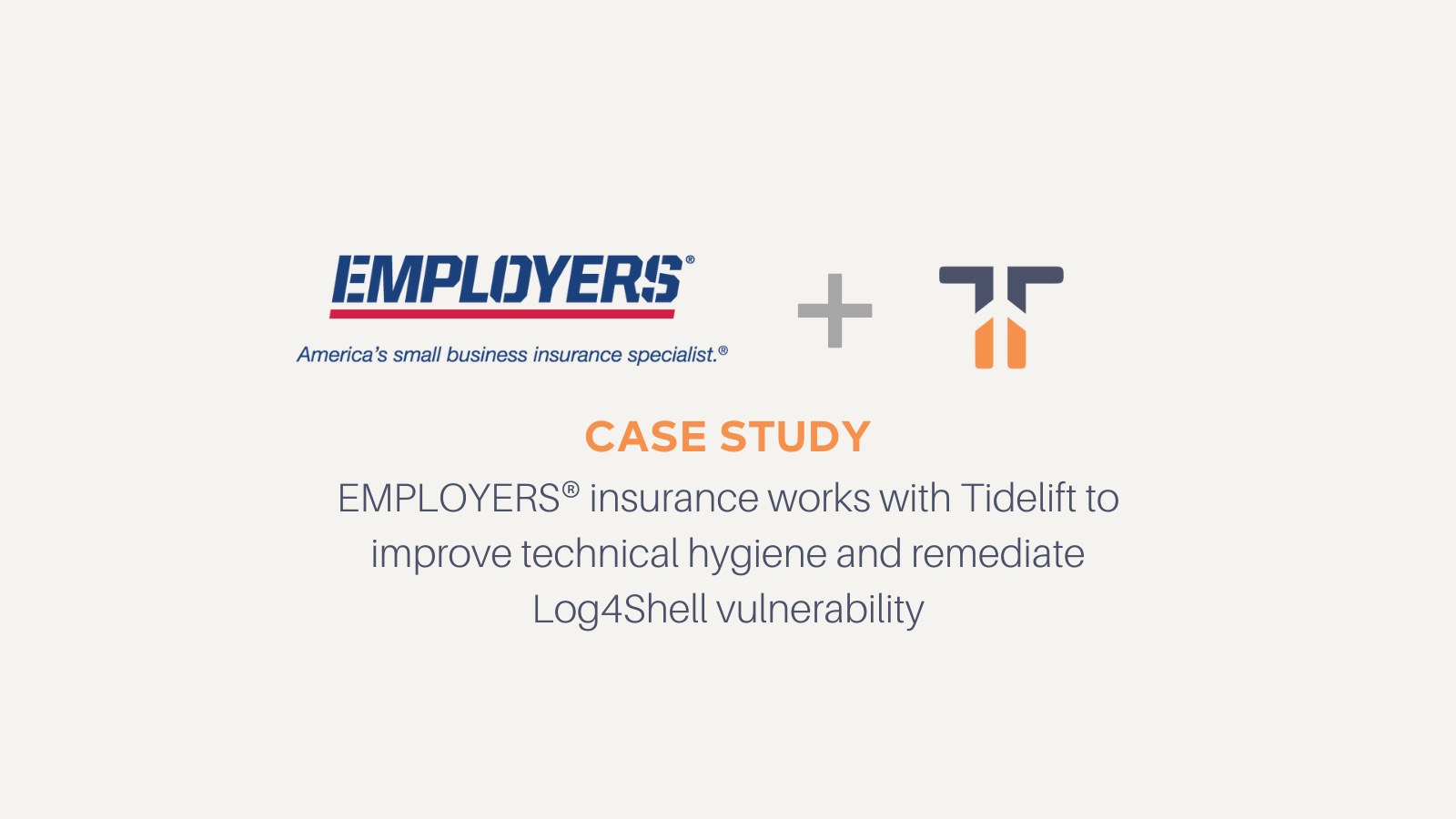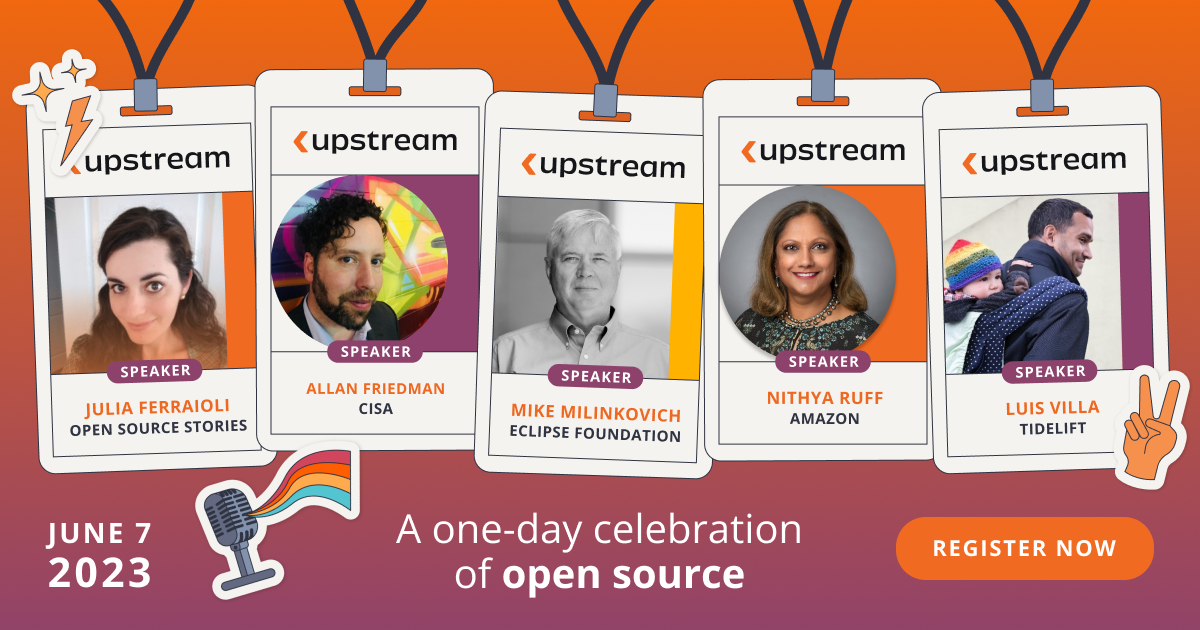
Julia Ferraioli
Open source human
Cisco
Cisco

A social model of open source: all the dynamics that are fit to print
Open source software (OSS) in spirit has existed since the 1950s, when researchers and academics shared source code with each other, treating code as a common good. After a court decision rendered code copyrightable in 1984, the Free/Libre/Open Source Software (FLOSS) movement started in earnest. Just a few years later, the first license that embodied the spirit of open source was created, though it is debated whether this was the GPL or MIT.
Open source is software where the code is available for anyone to use, integrate, examine, modify, and distribute. Christine Peterson coined the term in 1998, and the Open Source Initiative crafted the commonly accepted open source definition (OSD) shortly thereafter. The OSD adds requirements that prohibit discrimination against people, groups, fields, or technology. Because of the complex legal, technical, and social criteria around open source, most of these are covered by a license attached to the software.
That said, there’s so much more to open source than what fits into a license. It does not cover development philosophies, social structures, governance, or anything else that makes open source the rich ecosystem that it is today.
Open source is software where the code is available for anyone to use, integrate, examine, modify, and distribute. Christine Peterson coined the term in 1998, and the Open Source Initiative crafted the commonly accepted open source definition (OSD) shortly thereafter. The OSD adds requirements that prohibit discrimination against people, groups, fields, or technology. Because of the complex legal, technical, and social criteria around open source, most of these are covered by a license attached to the software.
That said, there’s so much more to open source than what fits into a license. It does not cover development philosophies, social structures, governance, or anything else that makes open source the rich ecosystem that it is today.
Open source software (OSS) in spirit has existed since the 1950s, when researchers and academics shared source code with each other, treating code as a common good. After a court decision rendered...

.png)
